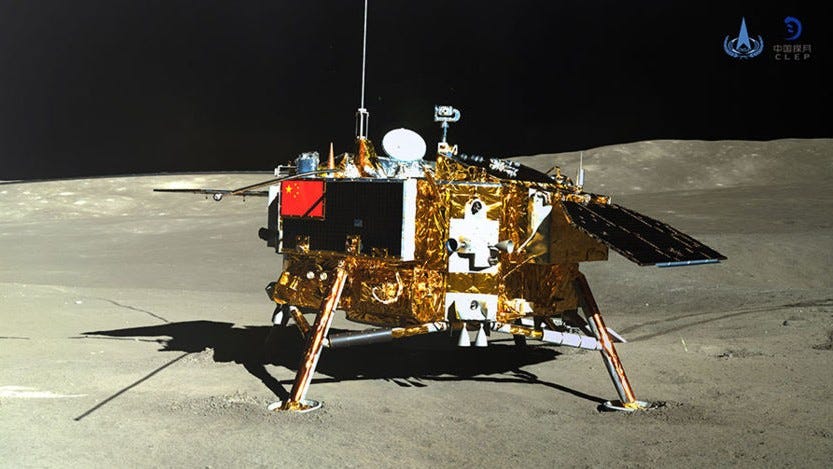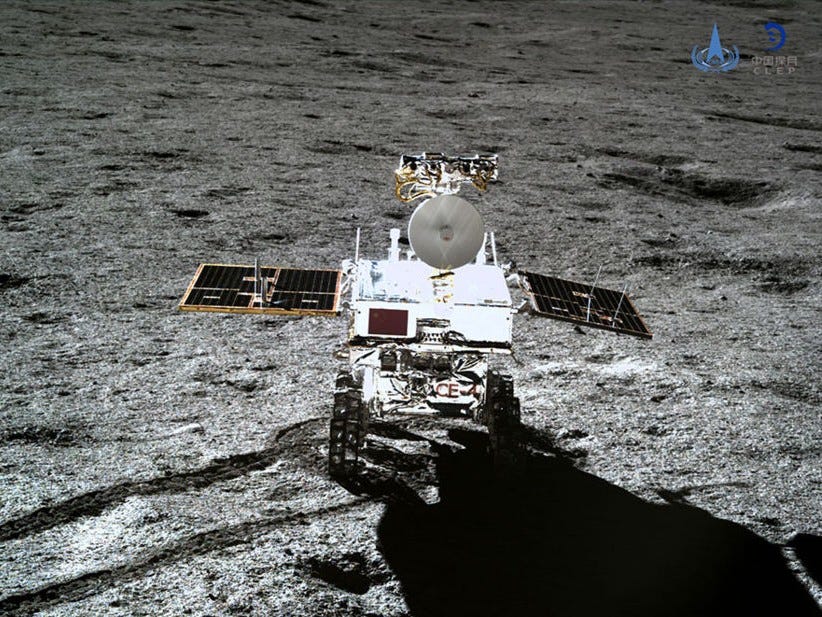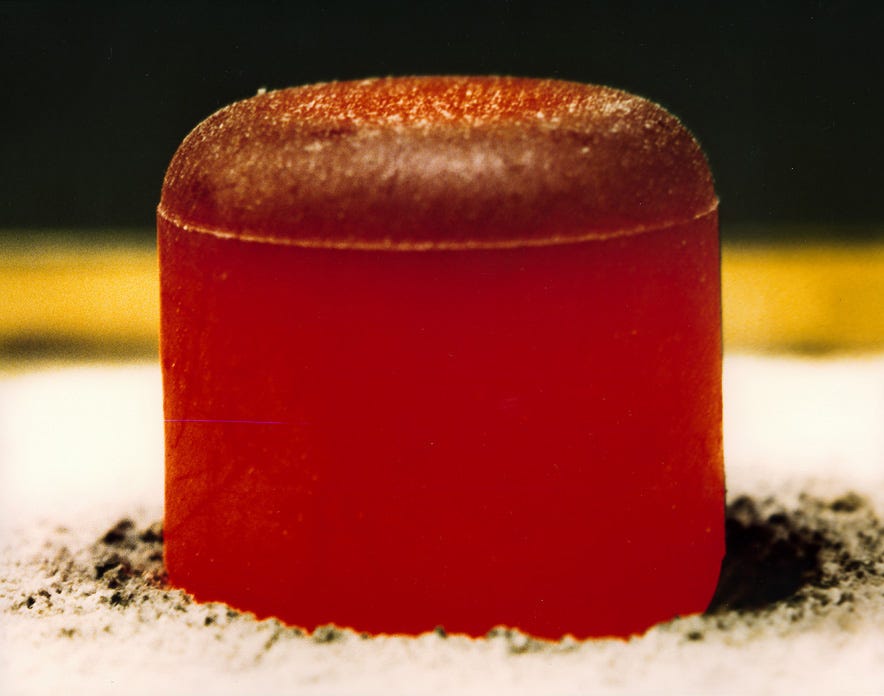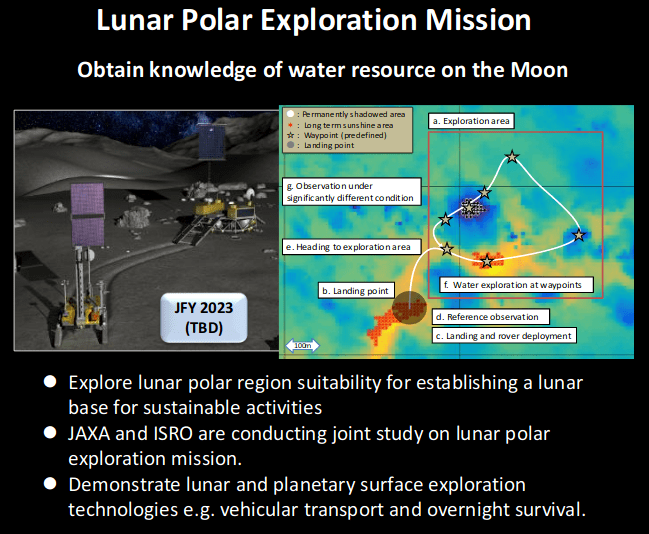ISRO needs night survival technologies for future Moon missions and beyond
As the lunar night casts its shadow on Vikram, it’s time for a change of gears in India’s lunar exploration strategy.
India’s ambitious mission to land on the Moon, Chandrayaan 2, failed as the Vikram lander crashed on the lunar surface. Even if the mission had gone as planned, both Vikram and the rover Pragyan would’ve stopped functioning during the lunar night.

During the harsh lunar night, temperatures gradually drop below zero and it could get as cold as -180° Celsius. Surviving such cold temperatures is well beyond Vikram’s design limits. Assuming it wasn’t a crashed landing, any hope to reestablish communication would’ve been permanently lost with the lunar night anyway. This is because both Vikram and Pragyan lacked an adequate heating mechanism. This lays bare the limitations of the mission’s aim: Vikram and Pragyan were designed to operate only for 14 Earth days i.e. one lunar day.
The same is true for most lunar soft-landing missions. That includes the failed Israeli mission as well as the upcoming commercial lunar landers under NASA’s Commercial Lunar Payload Services (CLPS) program. The Apollo missions didn’t survive the lunar nights either. The Chinese landers, however, are exceptions.
China’s first Moon lander, Chang’e 3, touched down successfully in 2013 and is alive even today. It uses radioactive heater units (RHUs), a nuclear power source, to survive the lunar night.
Not just that, the lander has been actively powering an ultraviolet telescope onboard, churning out valuable scientific data from this extraterrestrial observatory. The lander-rover of Chang’e 4, the world’s first lunar landing mission on the far side of the Moon, are powered through RHUs as well. Eight months in, the mission continues to relay troves of scientific data. Before this, the last rovers to survive the lunar night were the Soviet Lunokhods of the 1970s.


A stepping stone
There is consensus in the global space community that the Moon is a stepping stone towards Mars and is crucial to unlocking the solar system.
NASA’s “Moon to Mars” tagline reflects that philosophy. China is fully aware that without the ability to survive cold lunar nights, the Moon’s potential as a resource hub for future space colonies would remain untapped.
The U.S. has utilized RHUs in many of its deep space missions, for instance the Curiosity rover on Mars, and intends to use night-survival technologies for future lunar exploration too. It’s time India builds this capability as well and demonstrates its use with future Chandrayaan missions.

Chandrayaan-3 was first proposed in 2008 as a sample return mission i.e. a mission that will bring back samples from the Moon. However, that was when Chandrayaan-2 was to be launched in 2013. In the wake of delays that eventually led ISRO to proceed with Chandrayaan-2 without a proposed Russian partnership, India’s plan for its next lunar mission has changed. This time around, the Japanese Space Agency, JAXA, is a partner.
At NASA’s Exploration Science Forum this July, JAXA’s Fujimoto Masaki presented a roadmap for the country’s lunar exploration plans, which includes a joint JAXA-ISRO mission before 2025 to the lunar poles.
The mission could be named SELENE-R, and according to the mission definition review, JAXA will provide the launch vehicle and an advanced surface exploration rover while ISRO will design and build the polar lander.

The Japanese rover’s mission is to map and quantify water ice in the polar region, something no surface mission has done before. To achieve this goal, JAXA’s rover will be equipped to survive the lunar night as well as traverse in and out of permanently shadowed regions found on the lunar poles.
For India’s future Chandrayaan lander, lunar night survival will be a must too. Chandrayaan-2’s landing site wasn’t truly polar. Conditions unique to polar areas, including permanently shadowed regions, will be prominent in true polar exploration.
Even in polar regions benefiting from near-constant sunlight, long shadows and low temperatures mean that lunar night survival technologies are essential to keep the lander functional. Even the most elevated sites on the lunar poles have darkness periods of at least 60 hours every now and then. It is therefore likely that the ISRO lander for SELENE-R will be built to survive the lunar night too.
A successful mission would also unlock the potential to survive nights in non-polar regions and explore lava tubes on the Moon, which are potential habitats for future astronauts.
Possible solutions
However, ISRO hasn’t indulged in the use of RHUs for any mission so far. Being a nuclear power source, RHUs are radioactive and thus hazardous to the spacecraft’s electronics if not adequately contained. This may make them harder to get accepted for missions, or at least delay clearance. As such, it may not be possible to utilize it in time for a Chandrayaan 3 mission. But there’s still hope.
Last year, the lunar exploration community participated in a workshop called “Survive and operate through the lunar night”, where several alternative methods were proposed. There was clear interest in using modern fuel cells, as they are cheaper, commercially viable and have a faster turnaround time.
ISRO itself shared test results of night survival using Lithium-ion cells in an Earth-based simulated setup. A third contender that uses lunar soil as thermal wadis to store heat has also been proposed (“thermal wadis” are “engineered sources of stored solar energy using modified lunar regolith as a thermal storage mass that can enable the operation of lightweight robotic rovers or other assets in cold, dark environments”).
If the next Chandrayaan lander doesn’t boast of night survival, the craft’s mission will be quite limited. Besides, lunar missions are not the only ones that can benefit from night survival technologies. Beyond the asteroid belt, there’s little sunlight for solar panels to work effectively, which is why virtually all missions beyond the asteroid belt, except NASA’s Juno, have been powered by RHUs or the like, including the mighty Voyagers, Cassini and New Horizons.
As things stand right now, ISRO has no plans to design exploration missions beyond Mars or Venus. But come the day when the outer solar system is on the radar, lunar night survival technologies will be the first thing ISRO turns its eye to. Demonstrating lunar night survival in a future Chandrayaan is an opportunity for ISRO to define ambitions of its future, deep space missions.
Originally published at The Print.
→ Browse the Blog | About | Donate ♡
